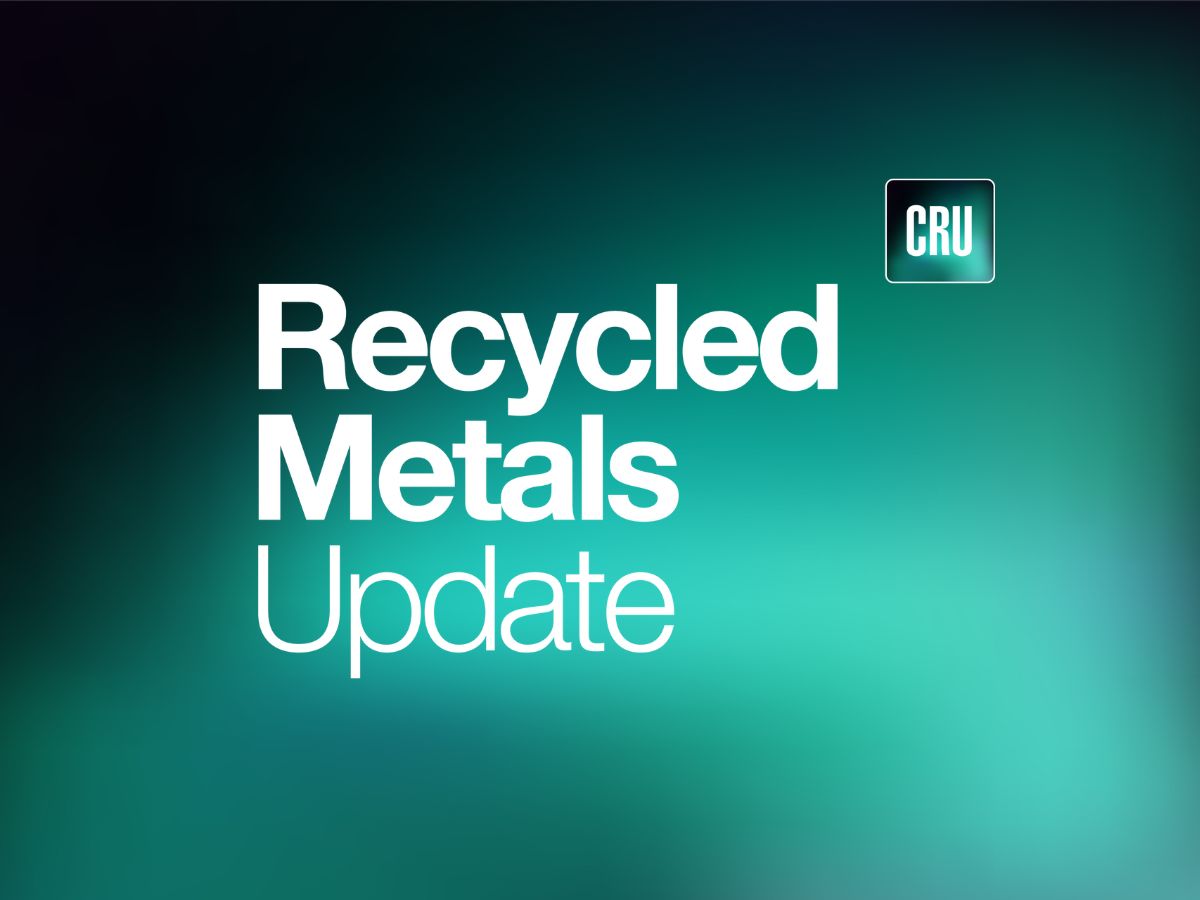Market

August 20, 2024
Recycled metals industry in neutral, when will it shift back in gear?
Written by Gabriella Vagnini
Ferrous
In the alternative metals market, pig iron seems to be the only one still holding steady on their prices, as the other ferrous metals are facing significant price drops. The stability does come at a price, as the pig iron prices are considerably high. This is mainly due to the limited supply options available to U.S. steelmakers because Brazil had become a major seller of pig iron, filling the gap after the Russia-Ukraine conflict disrupted the major sourcing of pig iron.
So, here’s the issue: the Q4 negotiations are coming up and they are critical. U.S. mills are pushing for price cuts and a real showdown seems to be inevitable. Especially if Brazil’s domestic market strengthens, limiting their need to export, which means they won’t necessarily need to adhere to the U.S. mills demands.
On one hand, the U.S. requests for stable prices does offer predictability, but on the other hand, it does highlight a significant cost issue. Pig iron from Brazil has stayed expensive, and this price pressure is squeezing margins, particularly when compared to cheaper domestic scrap options.
This situation creates a challenging dynamic for U.S. steelmakers, who are the ones facing much higher costs for pig iron than domestic scrap. However, I do want to remind you, as Steve Miller pointed out in his article this week, there is an alternative- HBI, HBI/DRI. U.S. steelmakers could substitute the pig iron with these; however, they already have these alternatives and don’t share them with the market. Now, before frustration kicks in, can you really blame them? They’re recycling their own products– wouldn’t you? But it doesn’t necessarily mean they should they be able to dictate the pig iron market.
Will it ultimately help the market in a whole? That’s the questions we should be asking ourselves. RMU will be paying close attention to this because any shifts could have a direct impact on pricing and supply stability. It could either stabilize the market if compromises are reached, or lead to more volatility if supply tightens and pricing pressures remain unresolved.
On a positive note, Sims’ latest earnings report revealed a strong second half performance in North America, driven by improved trading margins through a focus on sourcing unprocessed scrap and optimizing shredder use. This strategic shift toward maximizing profitability over sheer volume is a strategic move that others in the scrap industry might need to consider, as it highlights the importance of refining processing capabilities and making the most out of the material flow. Additionally, Sims was one of the lucky ones that benefited from the strong non-ferrous prices, specifically aluminum and copper, which provided a significant boost.
Sims also emphasized the need for tighter cost management in response to persistent inflationary pressures. In the meantime, they have been actively acquiring several new key companies.
With Sims stressing their focus on the U.S. market, fueled by the rise in EAF production and supported by their four new acquisitions, it is clear that they will be entering the scrap market with a renewed aggressiveness. The increase in demand, coupled with the regulatory support for decarbonizing the steel industry, means that Sims and other players will need to secure a steady supply of scrap to meet the growing needs of EAF driven steel production.
For ferrous scrap and even non-ferrous scrap, this points to a possible uptick in supply and demand, offering a much-needed boost to this otherwise stalled market.
Non-Ferrous
Right now, non-ferrous recycled metals are coasting by. People are still working and there are still deals being made, even though it’s lighter loads, reflective of the low supply and demand. While we can all tell ourselves that it’s the summer slowdown and it will pick up in September, will it? How sure are we about that?
Although the Midwest Premium is etching lower, we are seeing some upticks in the LME 3-month price, which is helping with the Midwest transaction prime price. The Fed has a meeting coming up this Friday and all eyes are on it. If they do hint at a rate cut this could mean better financing and a pick-up in demand. Despite the overall weakness in demand, China’s semi-finished production still shows y/y growth.
So, it may look like the market just might pick-up, especially on the physical next month. The buyers may come to the table more focused and have well thought out plans of what they need and for how much. The demand will be there, it’s just up to the sellers on how tight they are willing to go on their margins. They may only look at worst-case scenarios. In a down market with all that’s happened this year, their focus should be on just getting the deal done. Not on how much they can squeeze; they just don’t have that luxury anymore, do they? At least for Q4.





